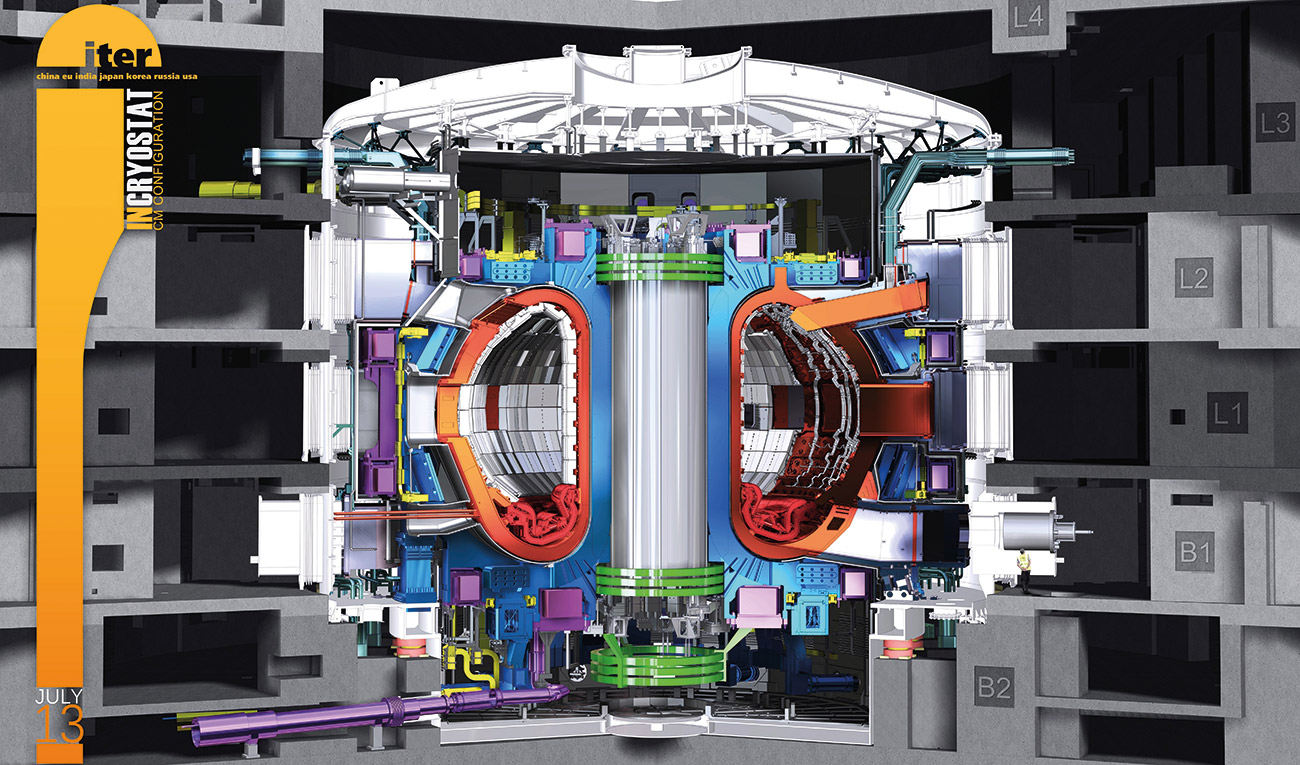Current forecasts predict a worldwide increase in primary energy and electricity demand. To meet this demand and at the same time meet the enormous challenges of climate change, CO2-neutral renewable energy sources such as wind and solar power play an important role. But nuclear fusion power plants could also make their contribution to electricity generation to cover the base load in the future.
However, there is still a long way to go before the first power plant of this kind will be built. And on this way — in the truest sense of the word in Latin — is the major international research project ITER (International Thermonuclear Experimental Reactor). The world’s largest nuclear fusion reactor to date, which is currently under construction in Cadarache in southern France, is intended to demonstrate for the first time that a net energy gain is technically possible when hydrogen is fused into helium — that is, with a process that takes place similarly in the sun. In contrast to the sun, the two hydrogen isotopes deuterium and tritium are used for this purpose because of their higher efficiency.
This energy gain, fed by the strong nuclear force, is only effective over very short distances in the atomic nuclei. For fusion to take place at all, a large amount of energy must first be expended to overcome the repulsive Coulomb forces of the positively charged atomic nuclei: The hydrogen is heated to extremely high temperatures, between 100 and 200 million degrees Celsius, and must at the same time be held together. Since, at these temperatures, the hydrogen is no longer a gas but a plasma, it can be influenced by means of magnetic fields and thus enclosed in a ring-shaped magnetic field cage (tokamak principle). If this plasma is sufficiently dense and enclosed for long enough at high temperatures (Lawson criterion), the fusion processes are setting in, releasing enormous amounts of energy. On the one hand, this energy is used to further heat Breaking the ice cleverly — a contribution to fusion research the plasma, and on the other hand, it is released to the outside, namely to the blanket, the inner structure of the plasma vessel: A coolant is heated up, and the steam generated via a heat exchanger powers a turbine, thus driving a generator to produce electricity.

